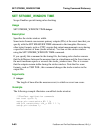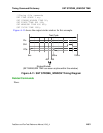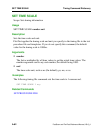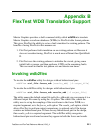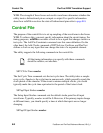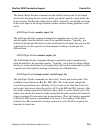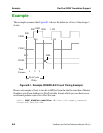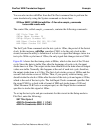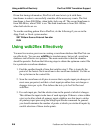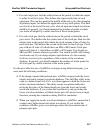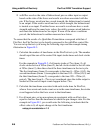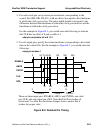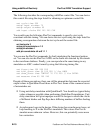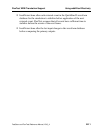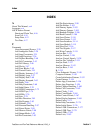
FastScan and FlexTest Reference Manual, V8.6_4
B-6
Using wdb2flex Effectively FlexTest WDB Translation Support
Given this timing information, FlexTest will need a test cycle with three
timeframes in order to successfully simulate all the necessary events. The first
timeframe is from 900-980ns, when both clocks are off. The second timeframe is
from 980-984ns, when CLK1 is on. The third timeframe is from 984-1050ns,
when both clocks are on.
To run the resulting pattern file in FlexTest, do the following if you are in the
Atpg, Fault, or Good system modes:
SET PAttern Source External flex.stim
RUN
Using wdb2flex Effectively
You need to exercise great care in creating a waveform database that FlexTest can
use effectively. You can use wdb2flex to translate many, but not all, waveform
databases into effective test patterns. The main restriction is that the stimulus
should be periodic. Perform the following steps to obtain the optimum control file
for a particular waveform database.
1. Find the smallest length of time that satisfies step 2. This is typically the
period of the fastest clock waveform in the waveform database. Use this as
the cycle time in the control file.
2. Scan the waveforms at all pins to ensure that a regular input pin changes at
most once per period, and that a clock input pin either does not change or
changes twice per cycle. This defines the test cycle for FlexTest and
wdb2flex.
3. For each input pin, find the relative time in the period at which it changes.
This defines the input strobe time of each input pin. If there is a time within
a test cycle after which all primary inputs stabilize, use this time to strobe
all primary input pins using the Setup Input Strobe command. In general,
you should minimize the number of points at which you strobe all inputs by
careful selection of those strobe points.



